

Articles
How To Store A Mattress In A Basement
Modified: April 22, 2024
Learn the best methods for storing your mattress in a basement with our insightful articles. Keep your mattress protected and in top condition for years to come.
(Many of the links in this article redirect to a specific reviewed product. Your purchase of these products through affiliate links helps to generate commission for Storables.com, at no extra cost. Learn more)
Introduction
When it comes to storing a mattress, the basement can be an ideal space. With its cool and dark environment, it provides a suitable location to keep your mattress safe and protected. However, proper preparation and storage techniques are crucial to ensure the longevity and quality of your mattress.
In this article, we will guide you through the steps involved in storing a mattress in a basement. From cleaning and preparing the mattress to protecting it from moisture and pests, we’ll cover everything you need to know to keep your mattress in pristine condition during its time in storage.
So, if you’re ready to learn the best practices for storing your mattress in a basement, let’s dive in!
Key Takeaways:
- Properly preparing and storing a mattress in a basement involves cleaning, protecting from moisture and pests, and regular maintenance to ensure longevity and quality.
- Choosing the right storage location, wrapping the mattress securely, and organizing the storage space are essential steps for maintaining a mattress in a basement.
Read more: How To Store Clothes In Basement
Step 1: Clean and Prepare the Mattress for Storage
Before storing your mattress in the basement, it’s essential to clean and prepare it properly. This step ensures that no dirt, dust, or bacteria are trapped inside during storage, keeping your mattress fresh and ready to use when you retrieve it.
Here are a few steps to follow when cleaning and preparing your mattress for storage:
- Remove bedding: Start by stripping off all bedding, including sheets, mattress protectors, and pillowcases. This will expose the mattress and allow you to thoroughly clean it.
- Vacuum: Use a vacuum cleaner with an upholstery attachment to gently remove any loose dirt, dust, or debris from the surface of the mattress. Pay close attention to the edges and seams, as these areas tend to accumulate the most dirt.
- Spot clean: If there are any stains or spills on the mattress, spot clean them with a mild detergent mixed with water. Avoid saturating the mattress, as excess moisture can lead to mold or mildew growth.
- Air dry: After spot cleaning, allow the mattress to air dry completely. You can speed up the drying process by placing a fan near the mattress or opening windows to promote air circulation.
- Deodorize: To freshen the mattress, sprinkle baking soda generously over the entire surface. Let it sit for a few hours or overnight to absorb any odors, then vacuum the baking soda off using the upholstery attachment.
By following these cleaning and preparation steps, you’ll ensure that your mattress is free from dirt, stains, and odors before storing it in the basement. This will help maintain its freshness and prolong its lifespan.
Step 2: Choose the Right Storage Location in Your Basement
Once your mattress is clean and prepared for storage, the next step is to find the right location within your basement to store it. Choosing the proper storage spot is essential for maintaining the quality of your mattress throughout its time in storage.
Consider the following factors when selecting the storage location:
- Temperature and humidity: Basements can vary in temperature and humidity levels. It’s important to choose an area with stable temperatures and low humidity to prevent any damage to the mattress. Moisture can lead to mold, mildew, and a musty odor.
- Avoid direct contact with the floor: Try to keep the mattress elevated off the floor to avoid any potential moisture seeping in. You can use a pallet, wooden planks, or plastic sheeting to create a barrier between the mattress and the floor.
- Avoid areas prone to leaks: Locate the mattress away from any potential sources of leakage, such as pipes or windows. Water damage can cause irreversible harm to the mattress.
- Accessibility: Consider the ease of access when choosing a location. Ensure that you leave enough space to navigate and retrieve the mattress when needed.
By keeping these factors in mind, you can select an ideal storage location in your basement that provides optimal conditions for the mattress. This will help maintain its integrity and prevent any potential damage throughout the storage period.
Step 3: Protect the Mattress from Moisture and Pests
Protecting your mattress from moisture and pests is crucial to ensure its longevity and cleanliness during storage. Basements are often prone to dampness and the presence of pests, so taking preventive measures is essential.
Here are some steps to protect your mattress from moisture and pests:
- Use a mattress protector: Invest in a high-quality, waterproof mattress protector. This will create an additional barrier between the mattress and any moisture that may be present in the basement.
- Place moisture absorbers: To further combat moisture, consider using moisture absorbers or desiccants, such as silica gel packs or moisture-absorbing crystals. These can help reduce humidity levels and prevent mold or mildew growth.
- Seal any cracks or gaps: Inspect the area where you plan to store the mattress and seal any cracks or gaps that could allow pests to enter. Use caulk or sealant to close off any openings.
- Set up pest deterrents: Place pest deterrents such as mothballs or natural repellents like cedar chips near the stored mattress. This can help deter pests such as insects or rodents from getting near it.
By implementing these measures, you can protect your mattress from potential damage caused by moisture and pests. The mattress will remain clean, dry, and free from any unwanted visitors.
When storing a mattress in a basement, it’s important to keep it elevated off the ground to prevent moisture damage. Use a sturdy platform or pallet to keep the mattress off the floor.
Step 4: Properly Wrap and Cover the Mattress
Once you’ve taken precautions to protect your mattress from moisture and pests, the next step is to properly wrap and cover it. This additional layer of protection helps keep the mattress clean and safeguarded during storage.
Here’s how to properly wrap and cover your mattress:
- Use a mattress bag or plastic wrap: Invest in a mattress bag made of durable plastic or use plastic wrap to encase the mattress fully. This provides an extra layer of protection against dust, dirt, and potential liquid spills.
- Tape securely: Make sure to tape the mattress bag or plastic wrap securely to prevent it from coming loose during storage. Use strong packing tape to seal all openings tightly.
- Label the mattress: Attach a label to the wrapped mattress indicating its contents and any other relevant information. This will make it easier to identify the mattress when you need to retrieve it.
Properly wrapping and covering the mattress not only keeps it clean but also helps maintain its shape and structure. It acts as a barrier against dust, dirt, and potential damage, ensuring that your mattress stays in excellent condition until you’re ready to use it again.
Read more: How To Store Books In Basement
Step 5: Store the Mattress in a Safe and Organized Manner
Now that your mattress is clean, protected, and properly wrapped, it’s time to store it in a safe and organized manner within your basement. Proper storage techniques help maximize space and prevent any damage to the mattress.
Follow these steps to store your mattress effectively:
- Position the mattress vertically: If possible, store the mattress in an upright position to save space. This method also helps maintain the shape and integrity of the mattress.
- Stack mattresses carefully: When stacking multiple mattresses, place a sturdy board or piece of plywood between them to distribute the weight evenly. This prevents any excessive pressure on the underlying mattress.
- Leave space for airflow: Ensure that there is enough space around the mattress for proper airflow. This helps prevent the accumulation of moisture and reduces the risk of mold or mildew growth.
- Keep the mattress away from sharp objects: Avoid placing sharp items near the stored mattress to prevent punctures or tears. Sharp corners or objects can cause unnecessary damage.
- Optimize storage space: If you have limited space in your basement, consider utilizing storage containers or vacuum-seal bags to compress the mattress further. This can help save space without compromising the mattress’s integrity.
By storing your mattress in a safe and organized manner, you’ll not only keep it protected but also make the most efficient use of your basement storage space.
Step 6: Regularly Check and Maintain the Stored Mattress
While your mattress is in storage, it’s important to periodically check on it and perform maintenance to ensure its continued quality. Regular inspections and maintenance help identify and address any potential issues before they escalate.
Here are some tips for checking and maintaining your stored mattress:
- Inspect for signs of damage: Regularly check the mattress for any signs of damage such as tears, stains, or pest infestations. Early detection allows you to take prompt action to prevent further damage.
- Rotate or flip the mattress: If storage space permits, consider rotating or flipping the mattress occasionally. This helps distribute the weight evenly and prevents any sagging or indentations from forming in one area.
- Monitor humidity levels: Keep an eye on the humidity levels in your basement. If you notice an increase, consider using dehumidifiers or silica gel packs to help control the moisture and prevent mold or mildew growth.
- Address any issues promptly: If you notice any problems during your inspections, address them immediately. This could involve spot cleaning stains, repairing tears, or contacting a professional if necessary.
- Reapply pest deterrents: If the pest deterrents you initially placed near the mattress have lost their effectiveness, replace them as needed to ensure pests stay away.
By regularly checking and maintaining your stored mattress, you can address any issues in a timely manner and ensure that it remains in top condition throughout its time in storage. This proactive approach helps prolong the lifespan of your mattress.
Conclusion
Properly storing a mattress in a basement requires careful preparation and attention to detail. By following the steps outlined in this article, you can ensure that your mattress remains clean, protected, and in excellent condition during its time in storage.
From cleaning and preparing the mattress to choosing the right storage location, protecting it from moisture and pests, and wrapping it securely, each step plays a crucial role in preserving the quality and longevity of your mattress.
Remember to regularly check on the stored mattress, perform routine maintenance, and address any issues promptly to prevent damage or deterioration. By taking proactive measures, you can ensure that the mattress will be ready for use when you retrieve it.
Taking the time to store your mattress properly in the basement will not only protect your investment but also provide you with a comfortable and hygienic sleeping surface when you need it again. So, go ahead, follow these steps, and store your mattress with confidence!
Frequently Asked Questions about How To Store A Mattress In A Basement
Was this page helpful?
At Storables.com, we guarantee accurate and reliable information. Our content, validated by Expert Board Contributors, is crafted following stringent Editorial Policies. We're committed to providing you with well-researched, expert-backed insights for all your informational needs.

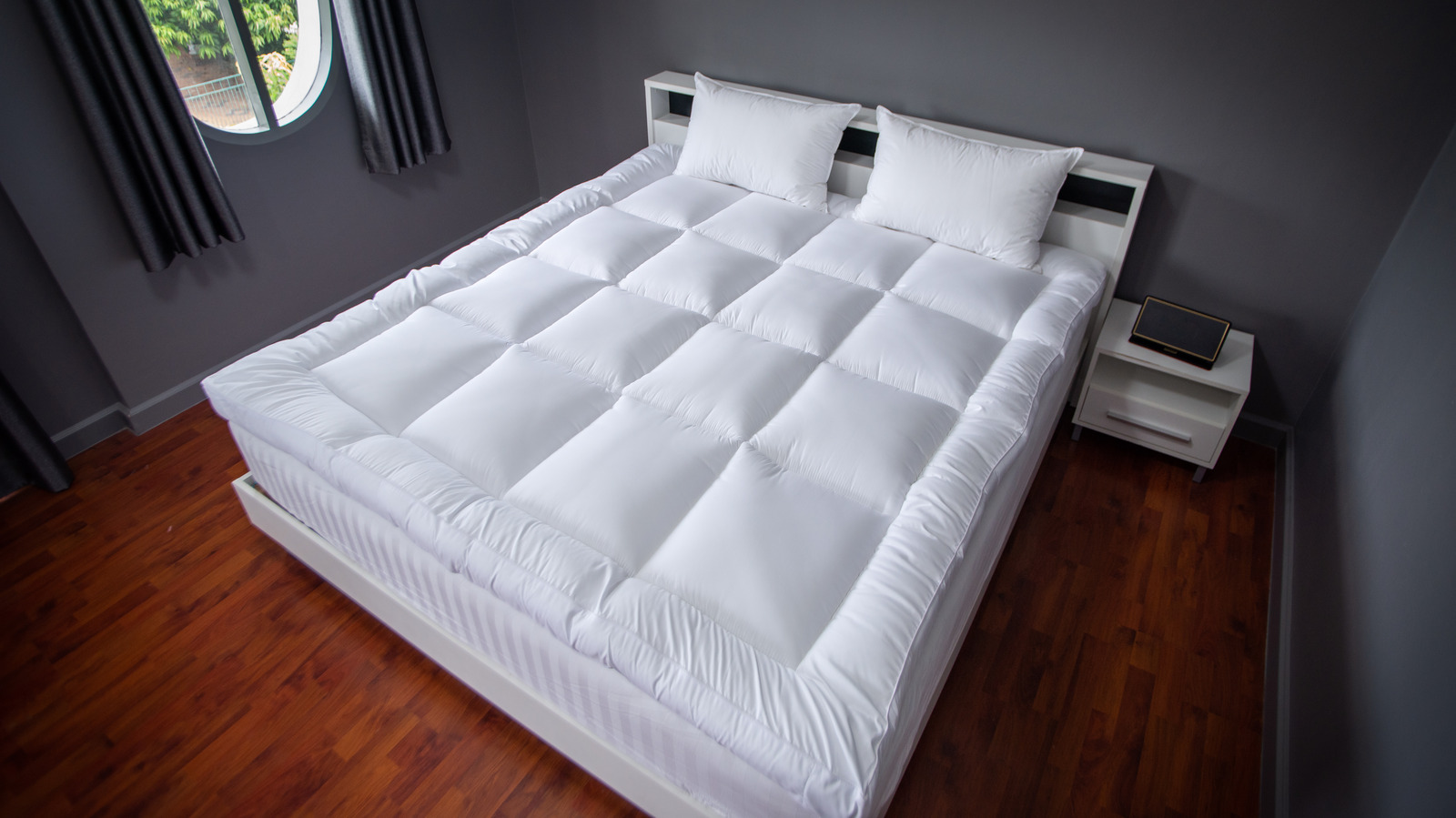
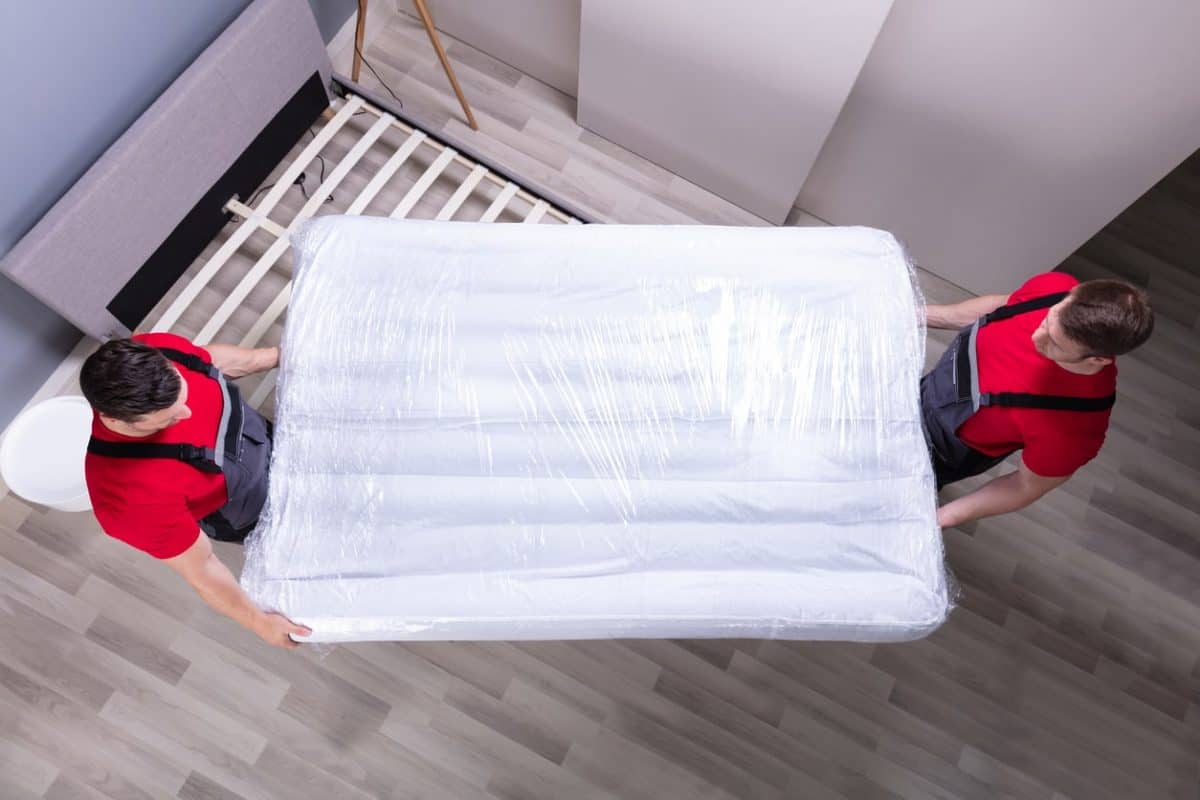
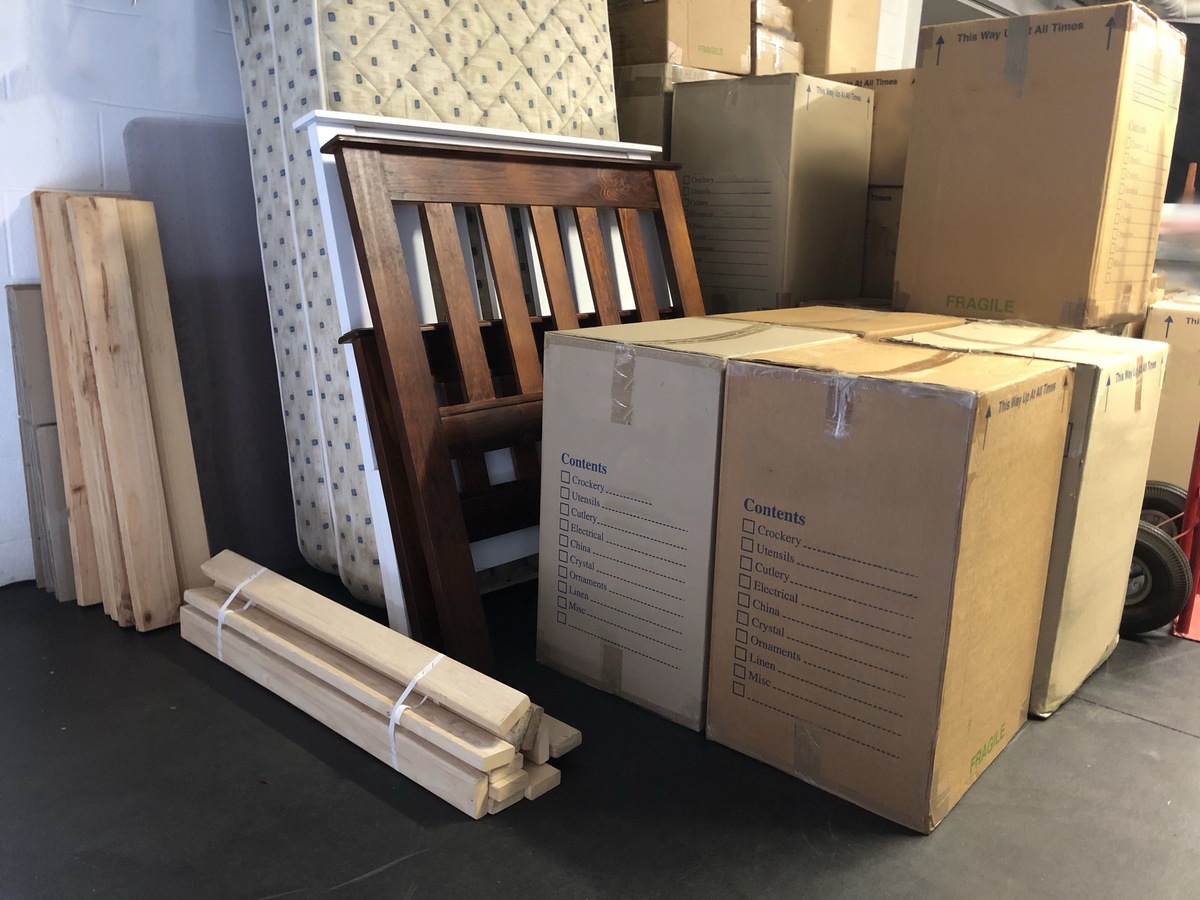
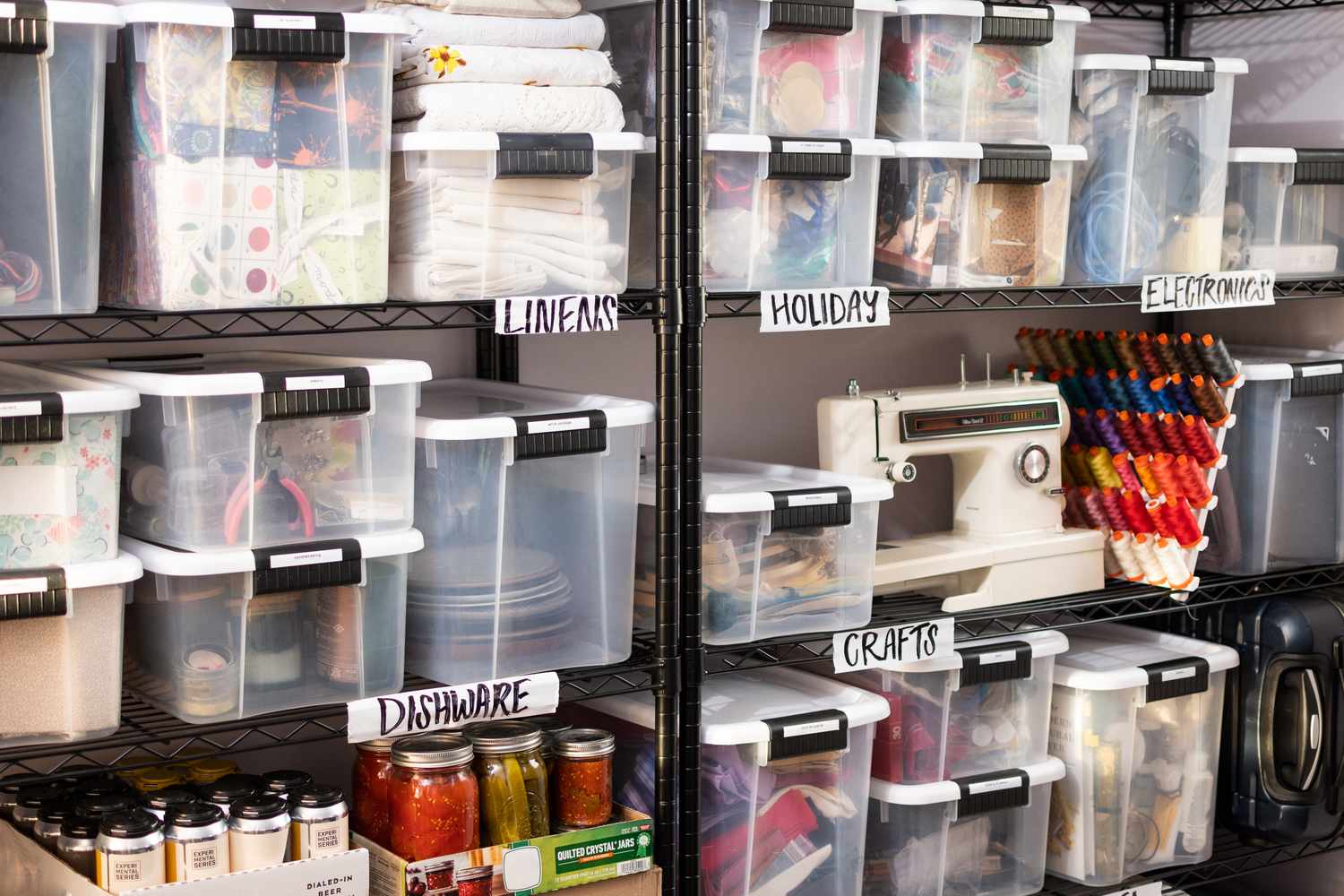

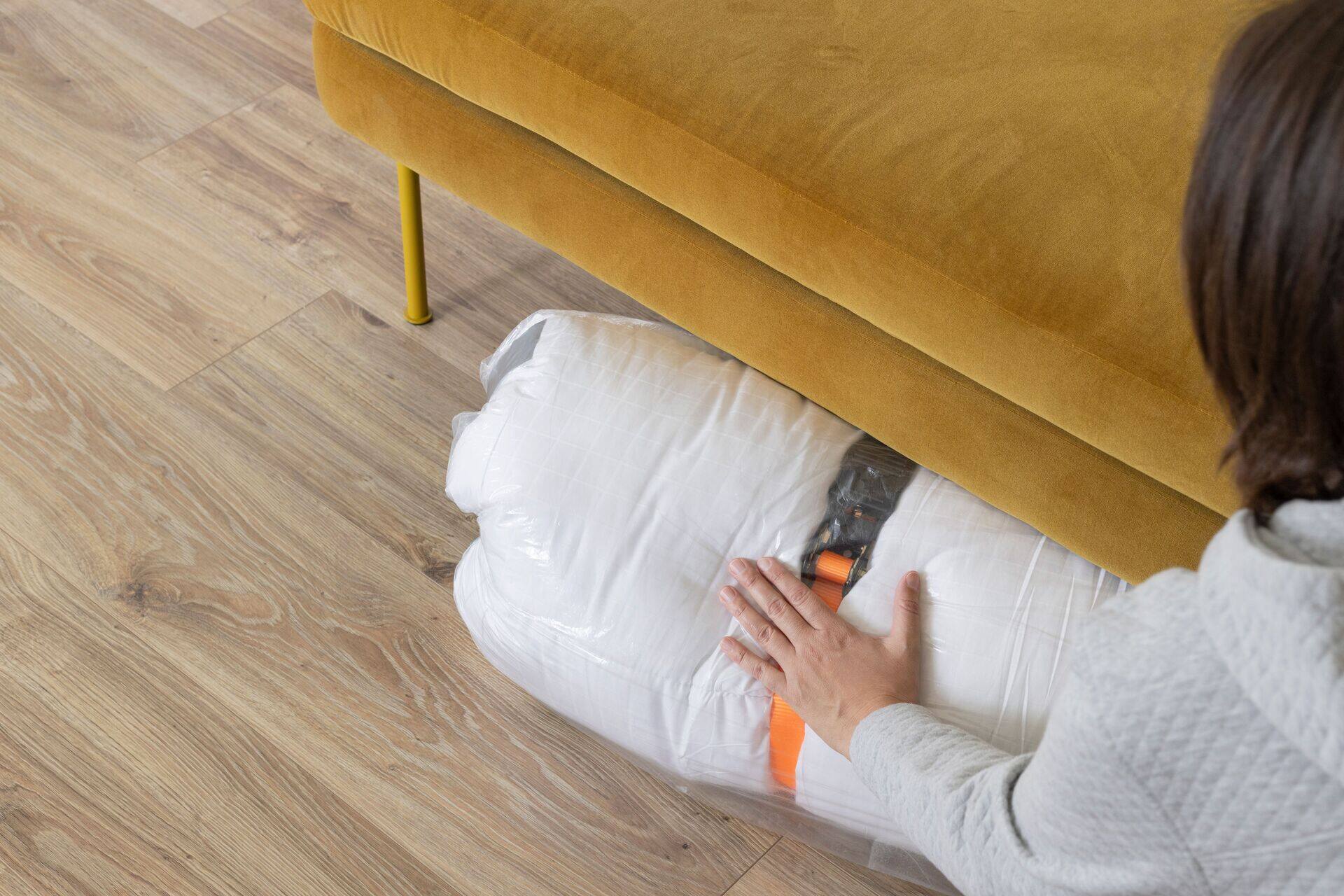
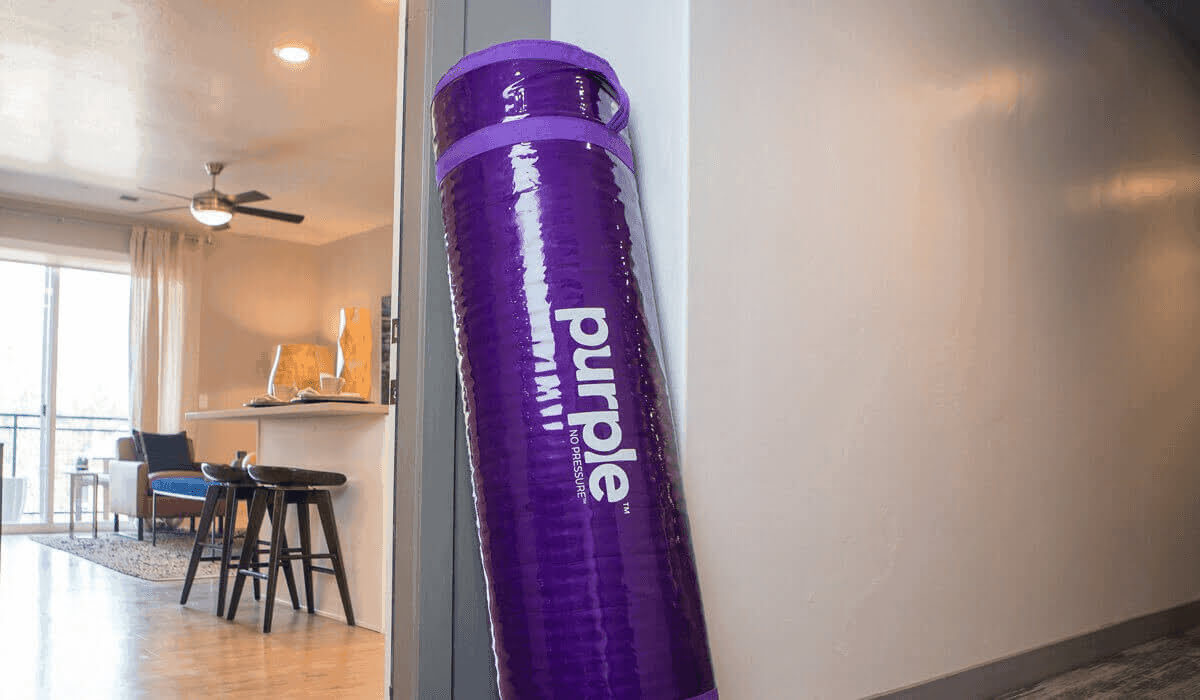
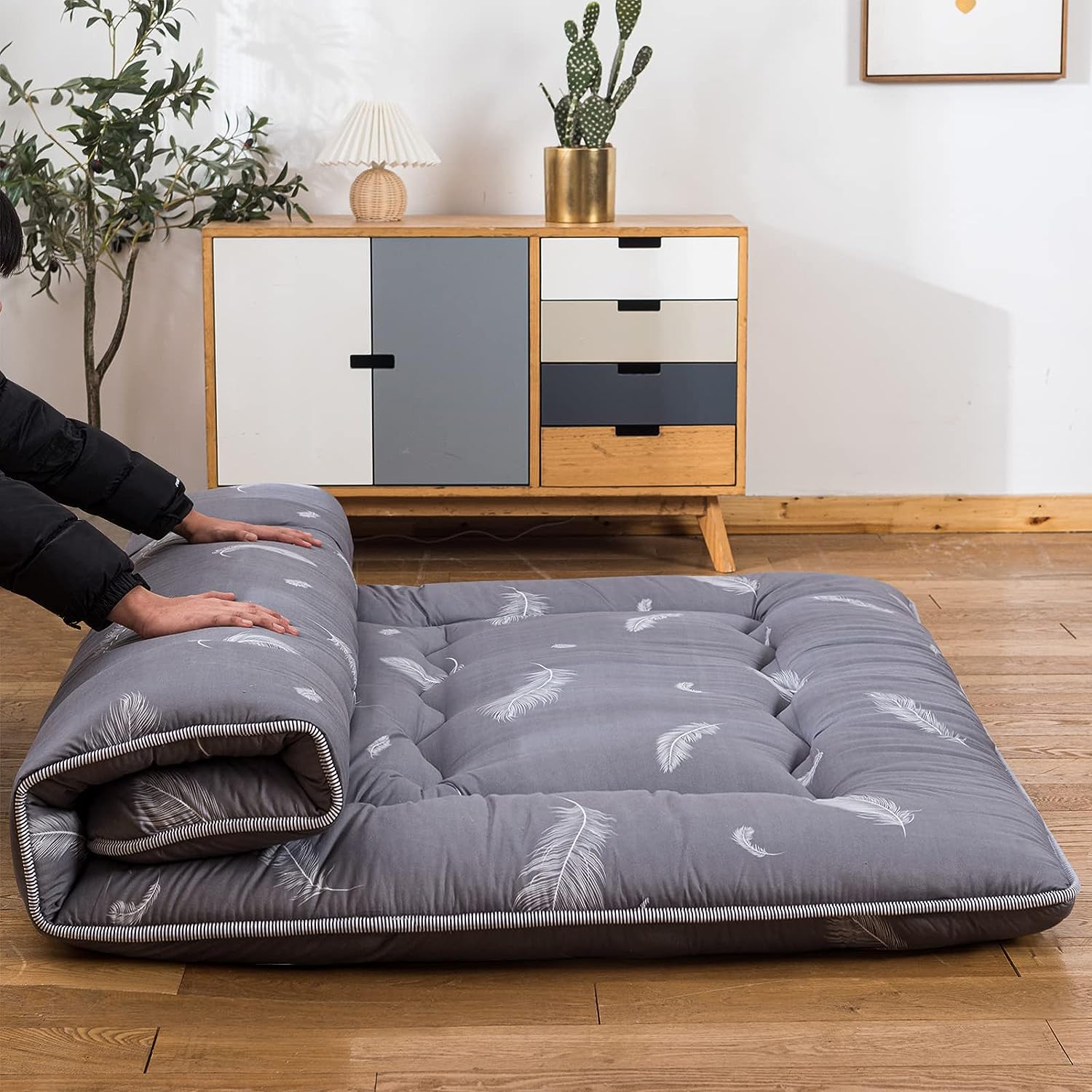
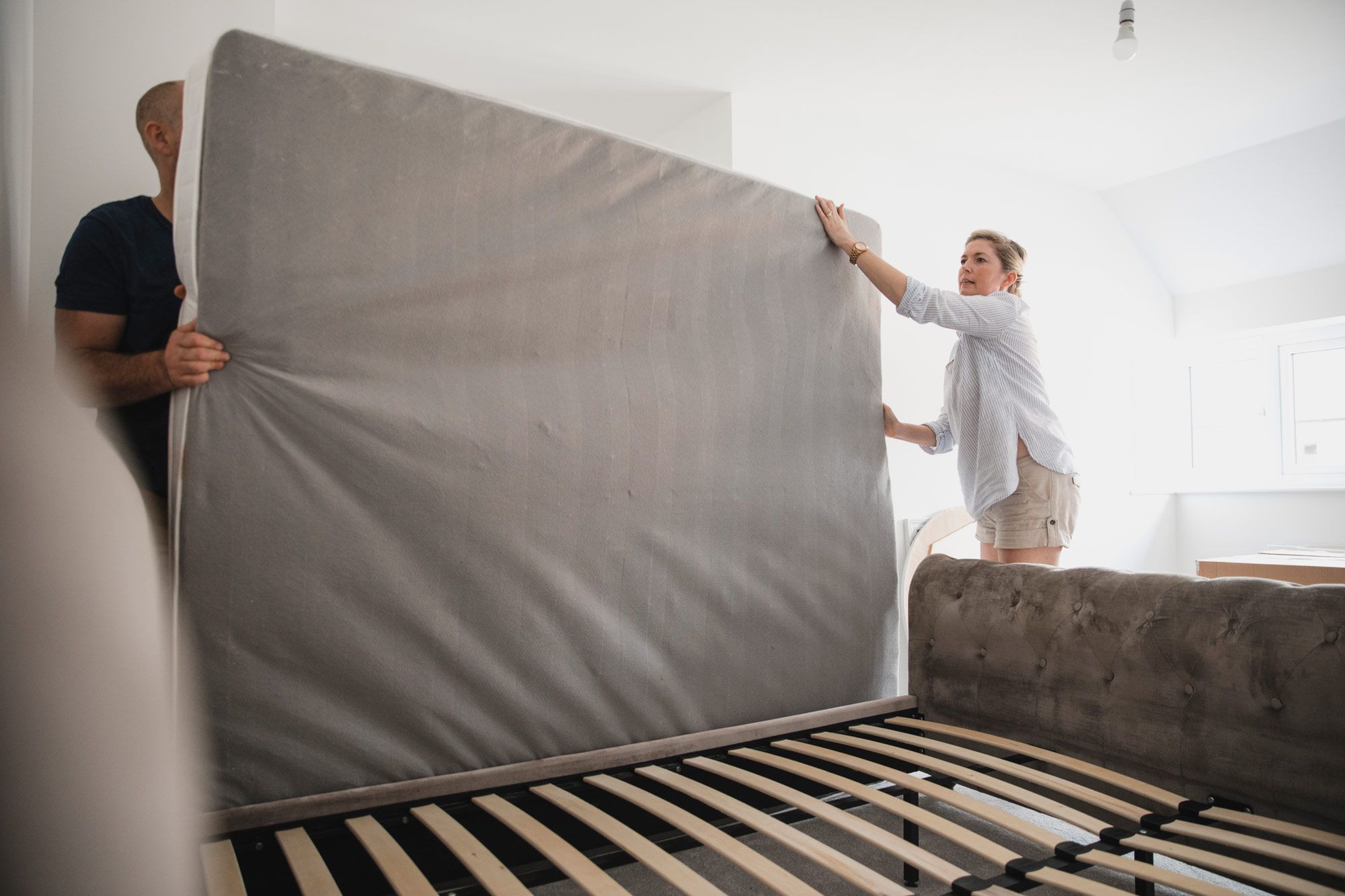
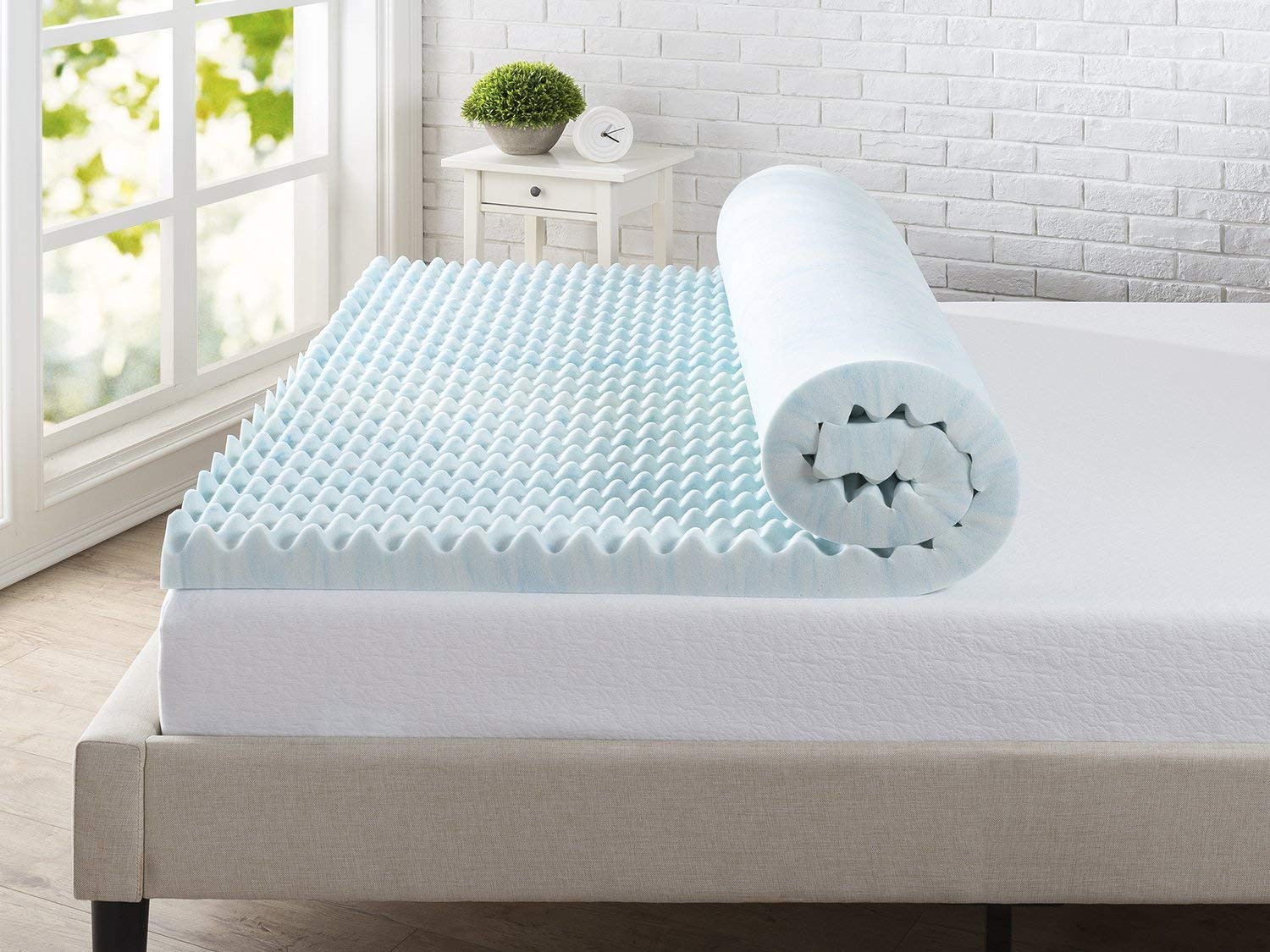
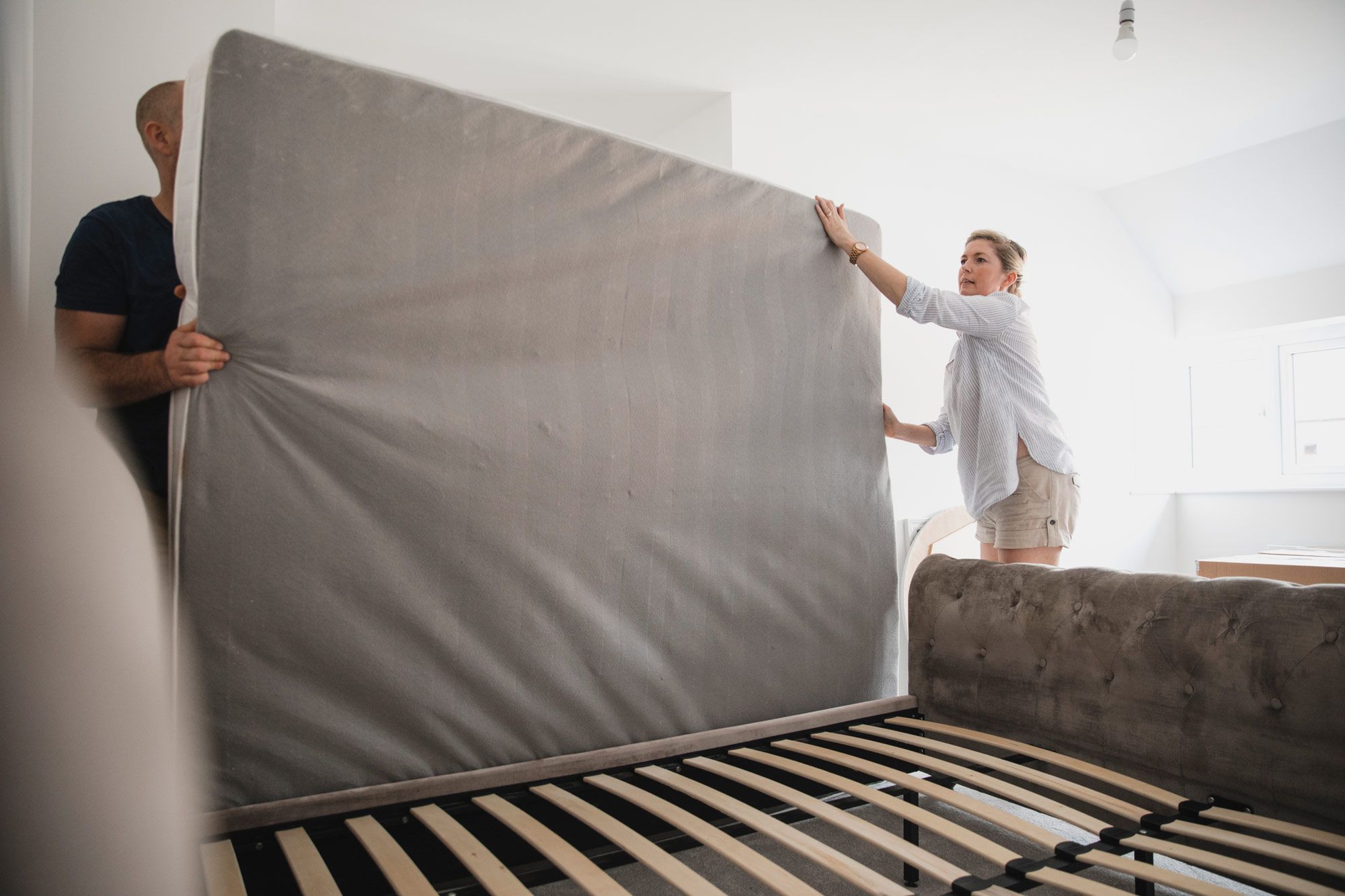
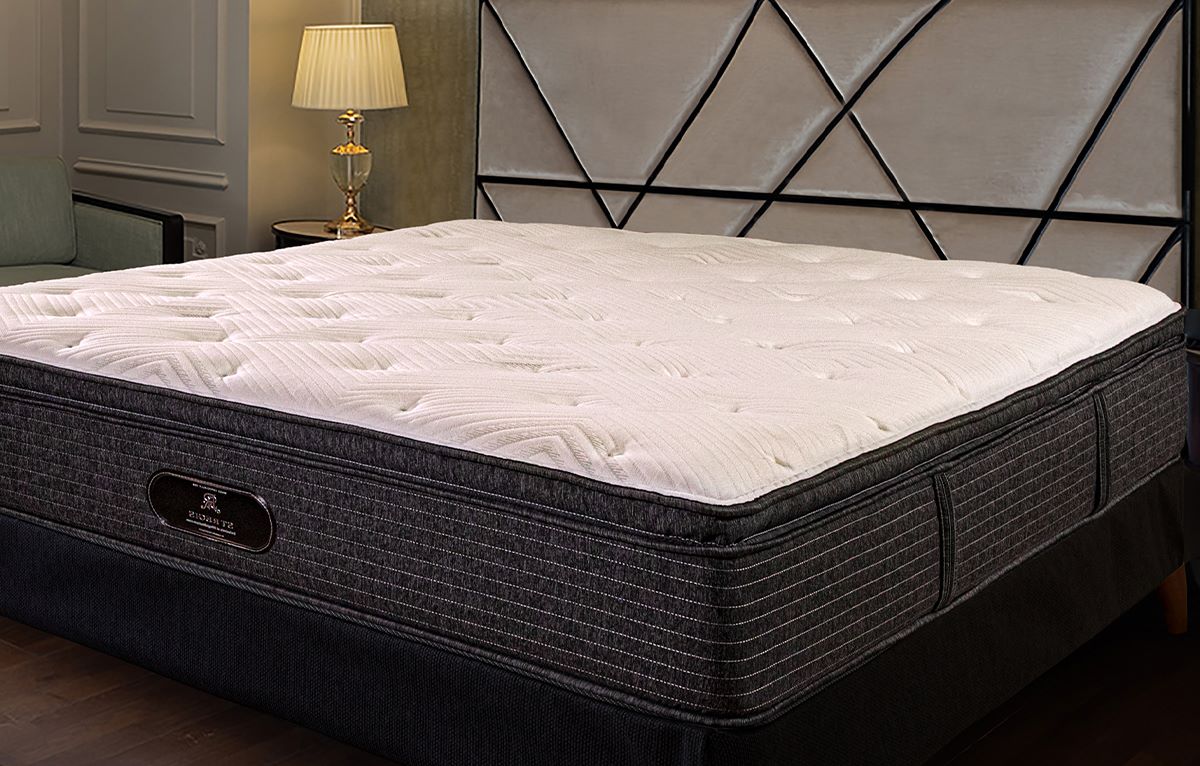
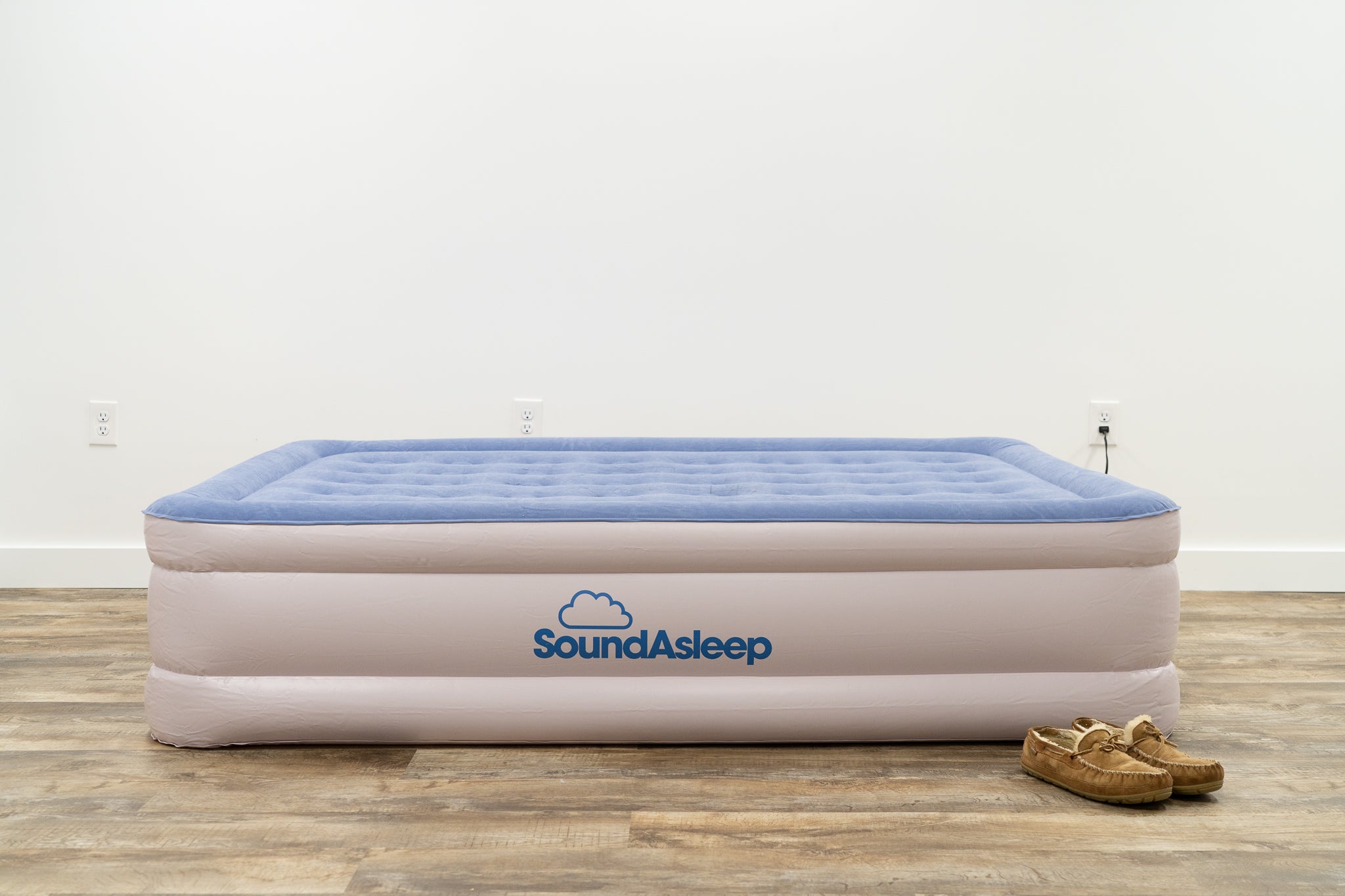

0 thoughts on “How To Store A Mattress In A Basement”